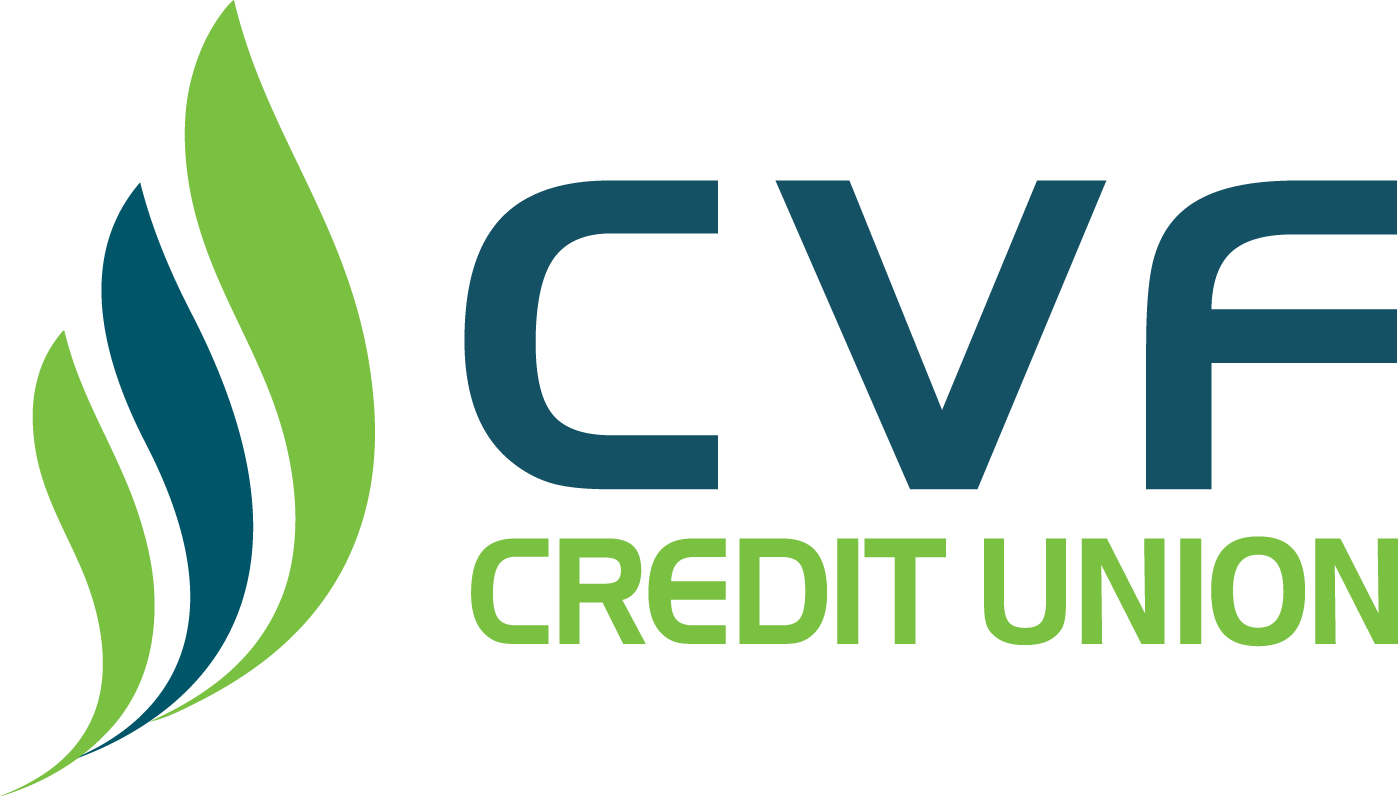
Here’s How to Evaluate the Value of Your Leased Car for Buyout
A lease is a popular option for individuals who want a new/used vehicle without the long-term commitment of ownership. However, as the lease term ends, you may find yourself at a crossroads, wondering what to do next. One of your options is a lease buyout. However, there are advantages and disadvantages. In this blog, we’ll walk you through the concept of this purchase method, allowing you to make an informed decision.
What is an Example of a Lease Buyout?
A lease buyout, also known as a lease-end buyout, occurs when the person leasing the vehicle decides to purchase the vehicle at the end of the lease term. This is a common choice for those who have grown attached to the car or believe it represents a good deal. Let’s look at an example to help understand the process of buying out a leased car a bit more. Imagine you’ve been leasing a sleek and reliable vehicle for the past three years. Your lease agreement is ending, but you’re quite satisfied with the car’s performance. It’s been well-maintained, and you have stayed within the agreed-upon mileage limits.
As the lease term’s conclusion approaches, you have three primary options:
- Return the Vehicle. You can return the car to the leasing company, but you’ll have to say goodbye to the vehicle you’ve grown fond of.
- Lease a New Car. You can lease a brand-new car or start a new lease agreement. While this provides access to the latest models, you’ll be driving a different vehicle.
- Purchase the Leased Vehicle. This is where the lease buyout comes into play. In our example, you decide to buy the car you’ve been leasing. To do this, you’ll need to pay the residual value, the predetermined amount set in your lease agreement, representing the car’s expected value at the end of the lease term.
Here’s a Breakdown of How The Buyout Process Works
- Residual Value. The residual value of your leased car is determined why you signed the lease agreement.
- Option to Buy. Your lease agreement will outline the vehicle’s purchasing terms. It’s typically a set amount or a formula based on the residual value.
Lease Loan Buyout Process
- Contact the Leasing Company. Contact the leasing company to express your interest in a buyout.
- Negotiate Price. Sometimes, you may have room for negotiation, especially if you’ve maintained the car well. You may secure a lower buyout price than the residual value.
- Financing the Purchase. If you don’t have the full buyout amount available in cash, you can explore financing options, such as an auto loan, to complete the purchase.
- Title Transfer. Once you’ve paid the buyout amount, the leasing company transfers the title to your name, making you the vehicle’s legal owner.
Advantages of a Lease Buyout Loan
Now, let’s delve into the advantages of choosing a leased buyout loan:
- Familiarity and Comfort. If you’ve had a positive experience with your leased vehicle and you’ve grown accustomed to it, a lease buyout allows you to keep driving the car you’re comfortable with.
- Known Maintenance History. You know the car’s maintenance and service history, which can provide peace of mind.
- Avoiding Mileage Penalties. By purchasing the vehicle, you can avoid potential mileage penalties that may apply if you return the leased car with excessive mileage.
- No Lease-End Fees. Lease buyouts typically do not involve the fees associated with returning or leasing a new vehicle.
Disadvantages of Buying a Leased Buyout Loan
While there are advantages to lease buyout loans, it’s essential to consider the disadvantages:
- Buyout Cost. The buyout amount can be substantial, and if you need financing, you may incur interest costs.
- Depreciation. If the car’s market value significantly depreciates, you could pay more than it’s worth.
- Limited Variety. You’ll continue driving the same car, which may not offer the variety and excitement of a new lease.
Learn How to Complete a Third-Party Buyout for Your Car Lease
A third-party buyout car lease can be a practical option if you’ve grown attached to your leased vehicle, it meets your needs, and you’ve maintained it well. Lease buyout loans allow you to continue driving a car you’re comfortable with, and you can avoid the hassle of finding a new vehicle. However, considering the costs, including the buyout amount and potential financing expenses, is essential. This can also be calculated with a lease buyer calculator. A lease buyout calculator is a valuable tool that can help determine the cost and financial implications of purchasing a leased vehicle.
Ultimately, the decision to pursue a lease buyout is personal and depends on your circumstances and preferences.
If you’re interested in exploring a lease buyout, it’s recommended to consult with the leasing company and carefully review the terms of your lease agreement to make an informed decision. At CVF Credit Union, we understand the importance of making financial choices that align with your needs and goals.
Whether it’s understanding lease buyouts, car loans, or any other financial services, we are here to provide guidance and support, exemplifying our commitment to “people helping people.” Contact us today and find out how you can secure your financial future!



